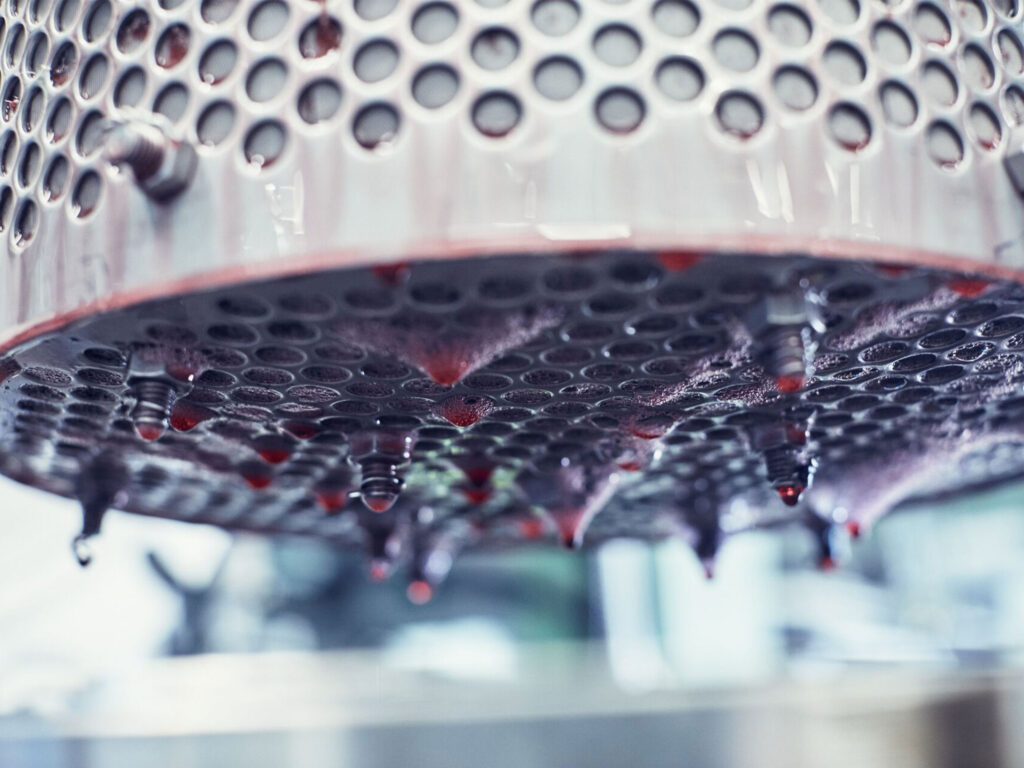
The fashion industry has provided an abundance of fashion globally, but the natural capital cost has been high with toxic production practices, degradation of natural resources, growing waste as well as labour injustice. Wet processors have the largest environmental impact in the fashion supply chain. This comes from their high energy, water and chemicals use.
However, Planet Tracker’s latest report “Easy (Un)Pickings”, produced by the financial think tank in collaboration with the Apparel Impact Institute (Aii), highlights that changes are often simple to implement. Practices such as installing meters, reusing cooling water and wastewater, maintaining steam traps, and improving insulation can produce significant savings in water and energy use, and drastically reduce GhG emissions – and resulting in financial savings.
These cost savings are significant, amounting to industry cost savings of USD 6.1 billion annually – with a present-day value exceeding USD 25 billion, based on a 10-year payoff period and an average investment of USD 455k per wet processing facility.
But due to factors including a lack of access to knowledge, bank loans, understanding of the potential financial environmental saving, and insufficient pressure from both regulators and consumers, these changes have been slow to be implemented.
The report calls on investors to:
- Actively seek opportunities to directly invest in the supply chain of textiles producers, and take advantage of JVs or pooled debt to affect change;
- Continue to pressure brands to give transparency in the supply chain and to encourage them to invest in supply chain improvements;
- Seek partners such as Aii to help aid external investment opportunities.
And on companies and brands in the textiles industry to:
- Issue ESG-labelled bonds to pass funding to wet processing companies – these could be Sustainability Linked Bonds (SLBs) or other Green, Social, or Sustainable (GSS) Bonds;
- Cultivate long-term relationships with suppliers to enable them to get secured financing;
- Push for active and consistent environmental transparency from their own operations as well as those of their suppliers.
About Textiles Tracker
Textiles Tracker investigates the impact that financial institutions have in funding publicly listed companies across the Textiles, Apparel & Clothing sector. The natural capital cost of the fashion industry has been high, with toxic production practices, degradation of natural resources, massive and growing waste as well as labour injustice. By providing information and analysis on these problems, placing a value on them and quantifying the negative impact on profits and investor returns, Textiles Tracker will support and stimulate a transition to greater sustainability in the industry. Learn more.
About our partnership
To reach a planet positive fashion future we want to encourage large owners and investors with holdings in all parts of the fashion value chain; such as farms, mills, garment factories and retailers, to leverage their influence as owners and push the industry towards more sustainable practices.
Global investors are also owners and major shareholders in the fashion value chain, and therefore uniquely positioned to create positive change with both speed and scale. The aim of our partnership with Planet Tracker is to enable investors and corporates in garment and footwear to identify and place value on natural capital vital to their industry and investment viability, to help drive a market shift from degenerative practices towards a sustainable textiles system.

